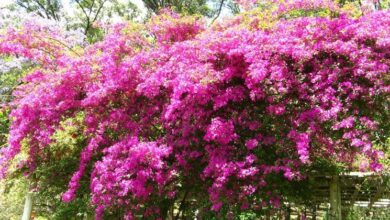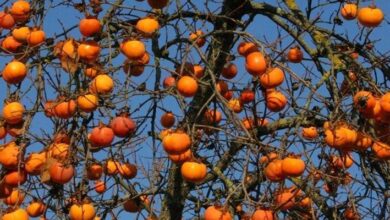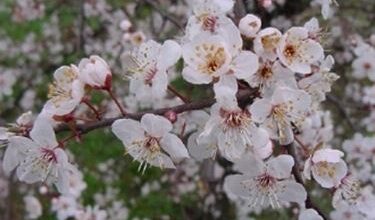Japanese bonsai
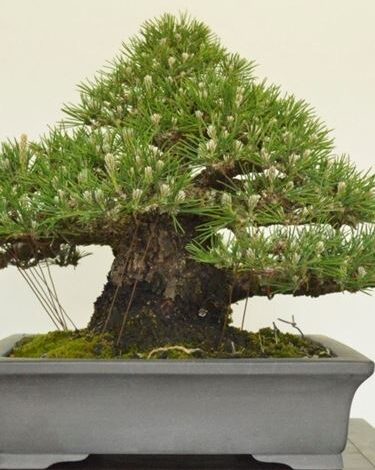
Kuromatsu: the Japanese black pine
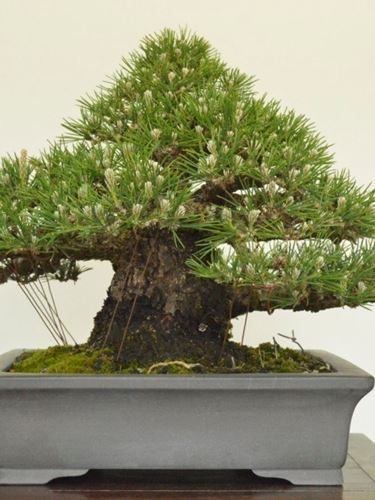
Chokkan: the basic style of a Bonsai
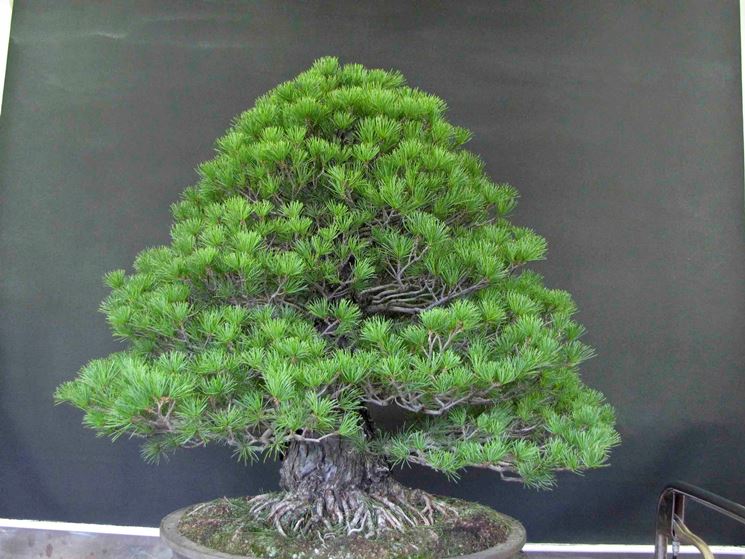
The Chokkan tree stretches skyward like a Gothic cathedral, in a direct upward line. Its branches grow parallel to the ground, shorter and shorter as it grows in height. Try to imagine a cypress, or a cedar, and here you can have a clear idea of what the shape of a Chokkan can be. The divine beauty of this bonsai, which lies precisely in wanting to rise towards «paradise» in all its angles, is breathtaking. People who approach to admire this plant can only experience a feeling of warmth, something very similar to a real sense of peace. The Chokkan bonsai might seem easy to care for because it has a really simple shape, but the bilateral symmetry in its triangular arrangement risks collapsing if even one of the branches dies. The tradition of bonsai is said to be born and died with the shape of the Chokkan, which is considered both the basis of this art and the most difficult to make and complete successfully.
Moyohgi: a tangled aura of romance
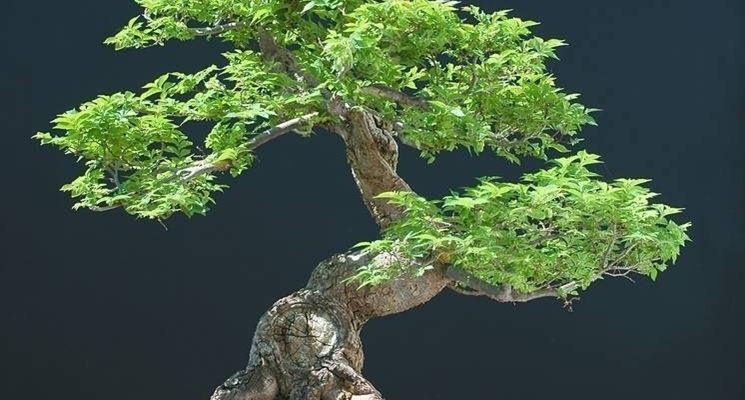
In contrast to the Chokkan bonsai, the Moyohgi expresses the beauty of the curves in the trunk and branches. Like old trees that dwell on hills and fields, the Mohoyogi evokes the dignity, grace and refinement of trunks and branches that have been bent and twisted for long, slow, years. The powerful stability of the plant is instilled by the roots of the trunk, with the branches blooming outside the curves. The overall appearance of the tree is balanced by the length and angle of the branches. In other words, core stability is achieved by balancing the composition of the complex curved portions, and this is what gives the Mohoyogi its beauty. The trees with the most noticeable curvature are called Bankan (spiral stem). As evidenced by the frequent appearance of the paintings that were used as backgrounds in the Japanese Noh theater, featuring dramatic performances, the Mohoyogi bonsai is practically the most famous and popular. This tree is what we could consider the most linked to popular tradition.
Japanese bonsai: Kengai: a plant with exponential growth
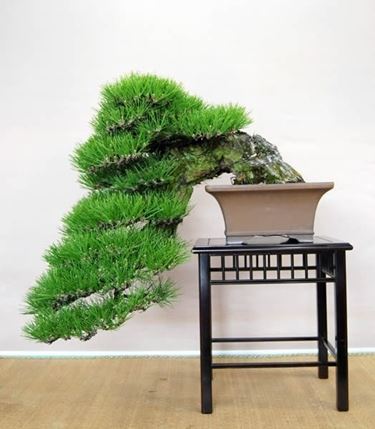
The Kengai and Hank-Kengai bonsai trees grow so much that the trunk and branches end up «falling» under the roots themselves. In practice, they slide from the vase, tend to the ground, creating a fascinating liquid effect. The curvature in the trunk is angled, intense, and is the main feature of this species. Kengai is said to be one of the oldest forms of bonsai, and the Shohin class (a very small version, a few centimeters in height) is particularly known. Trees with branches extending beneath the pot are known as Kengai, while those that do not reach it are known as Han-gengai. When the Shohaku tree (evergreen conifer) reaches the Kengai form, the image provokes a real «will» power of the plant to want to live below its roots. This cascading bonsai is found especially on cliffs and mountains, facilitated precisely by gravity tending to make the plant grow downwards!


